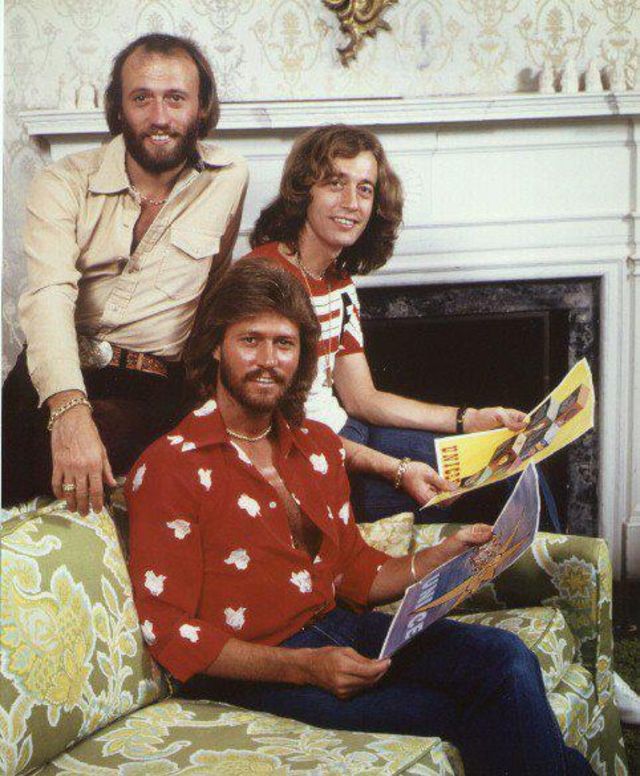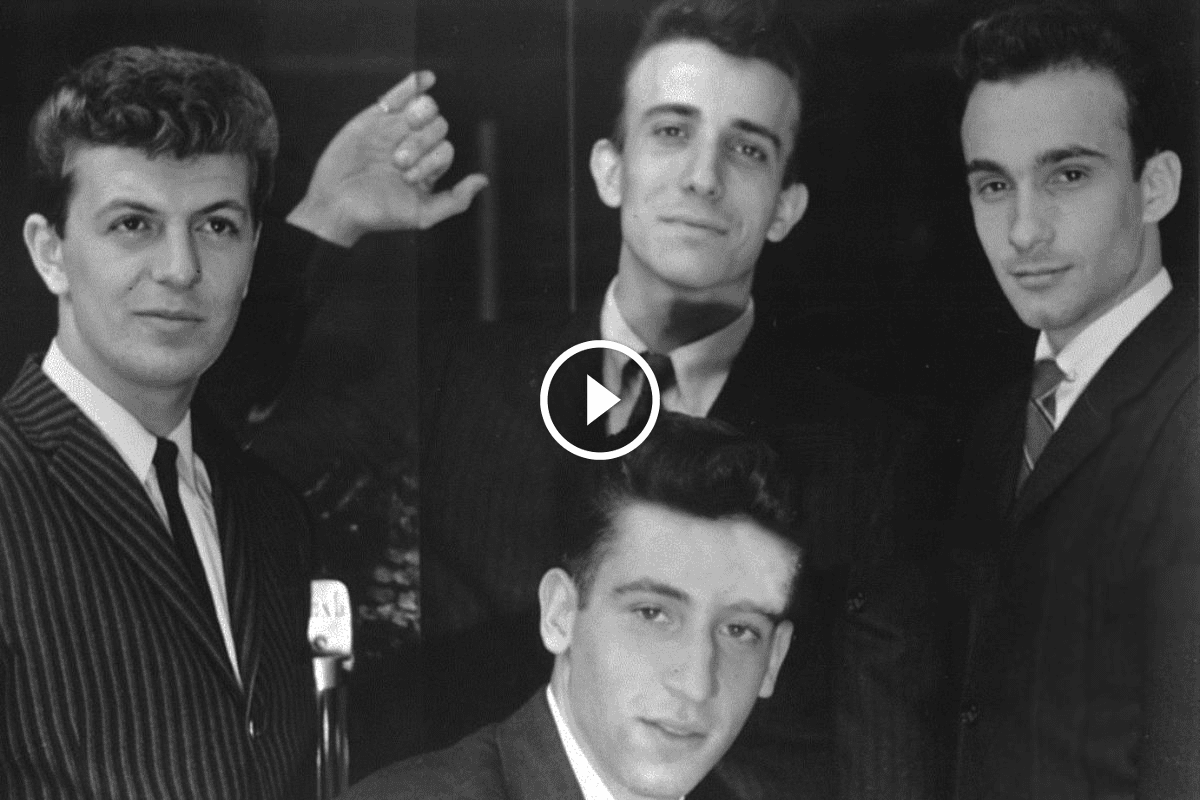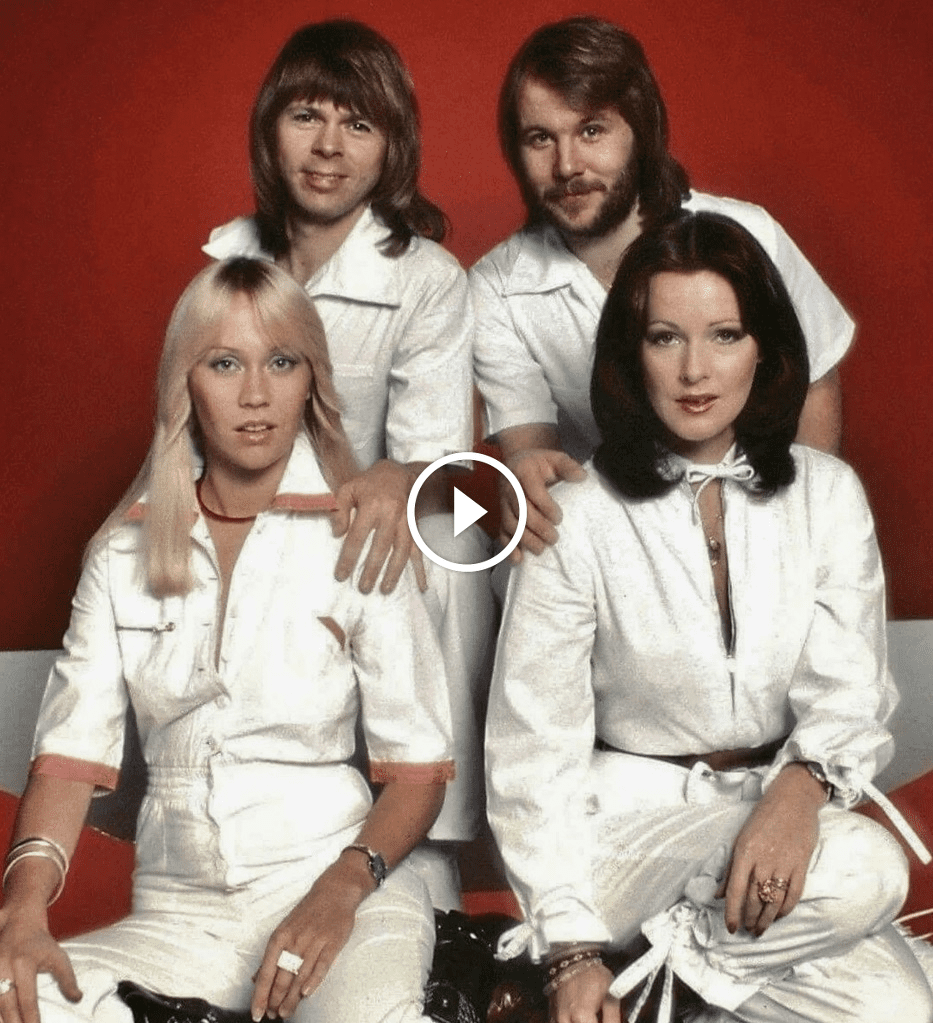
Introduction
“Melody Fair,” a hauntingly beautiful ballad by the Bee Gees, emerged from their creative wellspring in 1968. Composed by the three Gibb brothers, Barry, Robin, and Maurice, the song found its place on the 1969 album, Odessa. Though not released as a single, “Melody Fair” garnered significant radio airplay and even achieved hit status in Japan.
The song’s origins lie in the prolific songwriting period of 1968. The brothers Gibb, known for their signature blend of pop and rock, were experimenting with new sounds and lyrical themes. “Melody Fair” marked a departure from their earlier upbeat style, showcasing a more introspective and melancholic mood.
The lyrics paint a poignant picture of a young woman, “Melody Fair,” grappling with the anxieties of life. Lines like “Who is the girl with the crying face / Looking at millions of signs?” capture a sense of disillusionment and the struggle to maintain innocence in a complex world. The repeated refrain, “Melody Fair, won’t you comb your hair? / You can be beautiful too,” offers a gentle consolation, urging her to find inner strength and resilience.
Despite not being a chart-topping single, “Melody Fair” holds a special place in the Bee Gees’ catalog. Its influence extended beyond the band itself. Andy Gibb, the younger brother of the Bee Gees, named his short-lived 1970s group “Melody Fayre” after the song, a testament to its lasting impact.
Today, “Melody Fair” remains a beloved track for devoted Bee Gees fans. Its melancholic charm and evocative lyrics continue to resonate with listeners, solidifying its place as a hidden gem within the band’s illustrious career.


